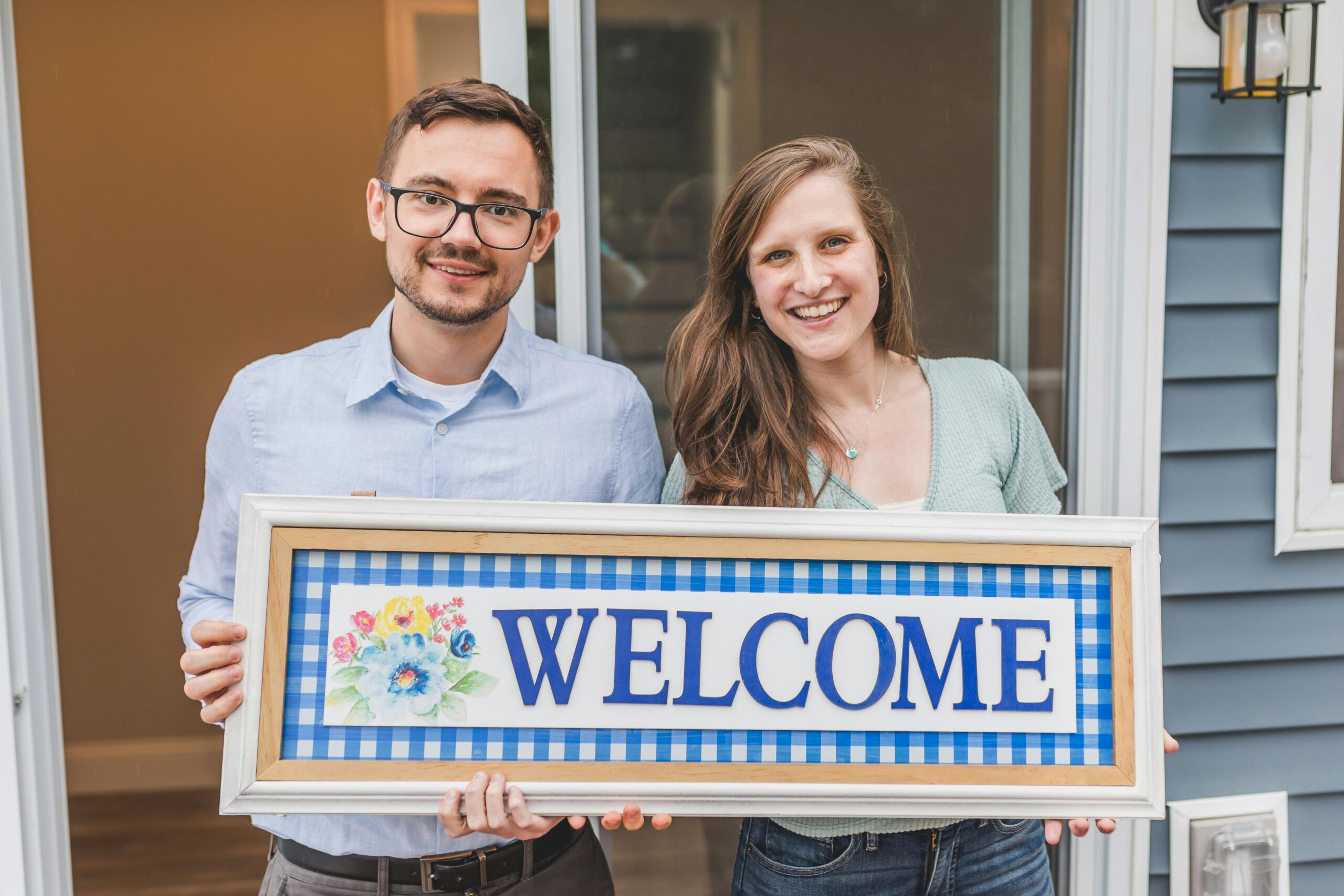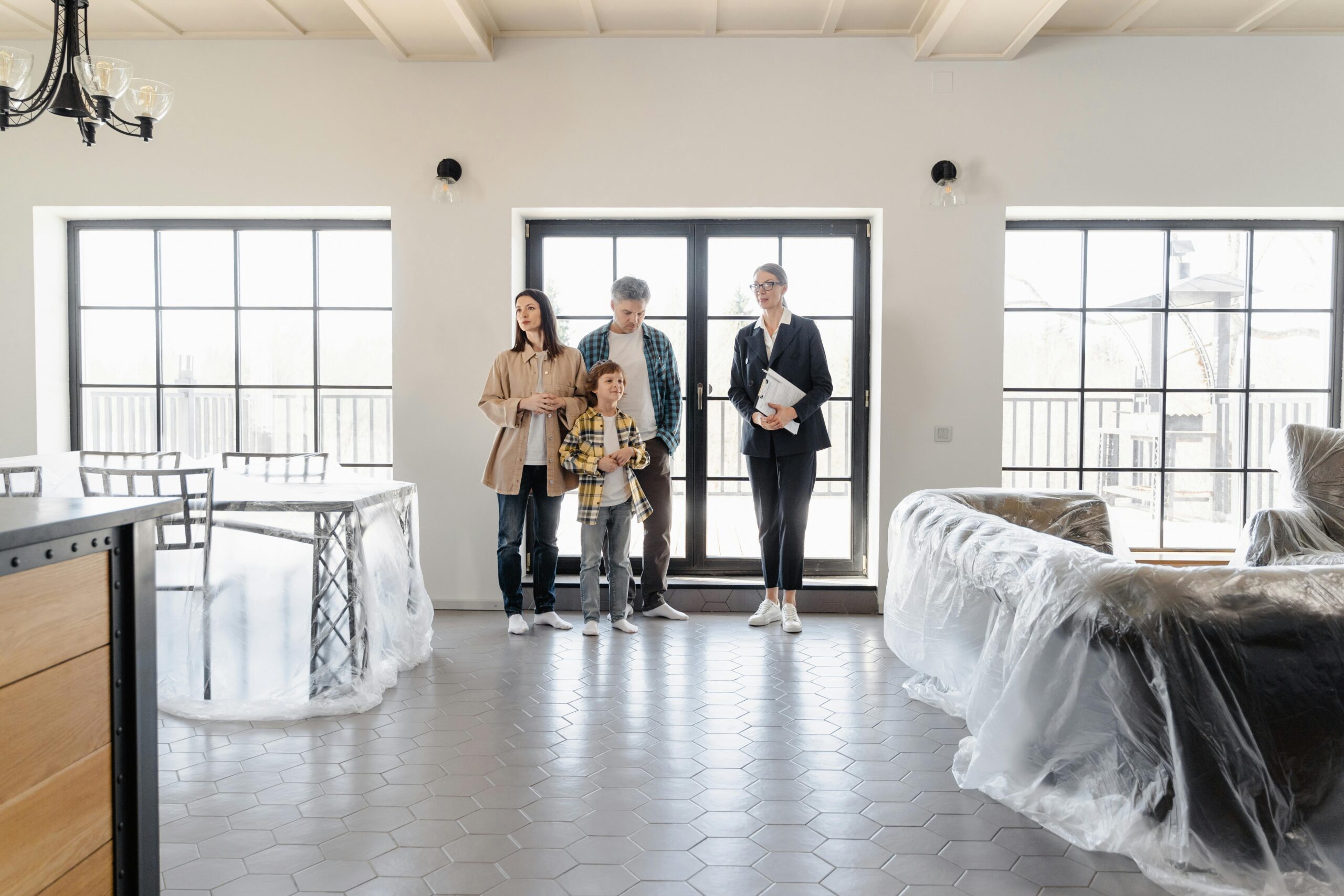Owning a home for the first time is a mix of excitement, nerves, and an overwhelming amount of paperwork. At first, everything feels like a highlight reel—picking out furniture, imagining future memories, and basking in the pride of having a place to call your own. But once the excitement settles, reality kicks in, and a lot of first-time buyers realize they walked in with half the story.
What you don’t hear enough about are the unexpected financial demands, the long-term responsibilities, and the hidden factors that can turn your dream home into a headache. That’s not to say homeownership isn’t worth it—it absolutely is—but understanding what’s coming makes all the difference between a smooth transition and a stressful one.
Your Mortgage Isn’t the Only Thing That Costs You
Most people focus entirely on their mortgage payment when budgeting for a house, but that’s just the beginning. The financial reality of owning a home includes a long list of costs that don’t exist when you’re renting. Property taxes, maintenance, utilities, and unexpected repairs will sneak up fast if you’re not prepared.
There’s also the closing costs—something that can hit harder than expected. Between lender fees, inspections, and title insurance, it’s easy to underestimate how much money you’ll need upfront. Then, once you move in, small things add up: curtains, trash cans, a lawnmower, tools for basic fixes—suddenly, your wallet feels lighter than you expected.
Instead of stretching your budget to afford the biggest mortgage possible, leave room for the unknown. A little extra breathing space in your finances will make homeownership far less stressful.
The One Thing You Can’t Skip
Buying a home comes with a lot of choices, but there’s one thing that isn’t up for debate. No matter how careful you are, no matter how new or well-kept your home is, homeowners insurance is non-negotiable. It’s the safety net that protects you from disasters you can’t see coming.
A burst pipe, a kitchen fire, storm damage—things go wrong even in the most well-maintained homes. Without protection, a single incident can put you thousands (or even hundreds of thousands) of dollars in debt. Many lenders won’t approve your mortgage without it, but even if they did, skipping coverage would be like driving without a seatbelt—one bad moment could change everything.
The key is making sure you get the right coverage. The cheapest policy might not actually protect what matters most, and the most expensive one might have things you don’t need. Take the time to understand what’s included, ask questions, and make sure you’re covered in ways that match your specific home and location. It’s one of the smartest investments you’ll ever make.
Why “Move-In Ready” Can Be Overrated

Most first-time buyers imagine the perfect house: freshly painted walls, updated kitchen, no issues in sight. The idea of walking into a fully finished home is tempting, but there’s a reason some of the best opportunities are the ones that require a little work.
If you’re willing to put in some effort, you can find homes that offer more value for the price. When you buy a fixer-upper, you’re paying for potential, not perfection. A house with outdated cabinets and worn-out flooring can often be transformed over time, and since you’re not paying for someone else’s renovations, you’re more likely to get a better deal.
The key is knowing what kind of work you’re willing (and able) to take on. Some updates are cosmetic and manageable, while others—like structural issues—can become money pits. If you’re open to a little sweat equity, though, you might find yourself in a home that’s worth way more than what you paid.
Your Neighborhood Matters More Than You Think
A home isn’t just a structure—it’s part of a community. A great house in a bad location will never feel like home, while a slightly less perfect house in the right neighborhood can end up being the best decision you ever make.
Drive around at different times of the day, talk to people who live there, and pay attention to little details. How well do people take care of their yards? Are there signs of construction or new businesses opening? Those can be good indicators of a neighborhood that’s growing in value.
Also, don’t ignore the practical side of things. Commute times, noise levels, and even something as simple as grocery store access will shape your experience in ways you might not consider at first. A beautiful house won’t feel like home if the daily logistics make life harder.
The Reality Check Every Homeowner Gets

There’s a moment every first-time homeowner experiences—the realization that there’s no landlord to call anymore. If the sink clogs, the roof leaks, or the HVAC system decides to quit in the middle of winter, it’s all on you.
Homeownership comes with freedom, but also responsibility. That means learning how to handle basic maintenance, setting aside money for repairs, and accepting that things will break at the worst possible time. It’s part of the deal, and while it might feel overwhelming at first, you’ll get used to it faster than you think.
The good news? Every little improvement you make is yours to keep. Unlike renting, where your money disappears into someone else’s pocket, every dollar you put into your home builds equity. It’s an investment—not just in a property, but in your own future.
A Smart Start Makes All the Difference
Buying your first home isn’t about finding perfection—it’s about making informed choices that set you up for long-term success. The unexpected costs, the reality of repairs, the importance of the right insurance—these are the things that separate stressful homeownership from a rewarding one.
If you go in prepared, you won’t just survive your first year as a homeowner—you’ll thrive in it. And when that first major repair pops up or an unexpected bill lands in your lap, you won’t panic. You’ll handle it, because you saw it coming. And that’s the real key to turning a house into a home.

